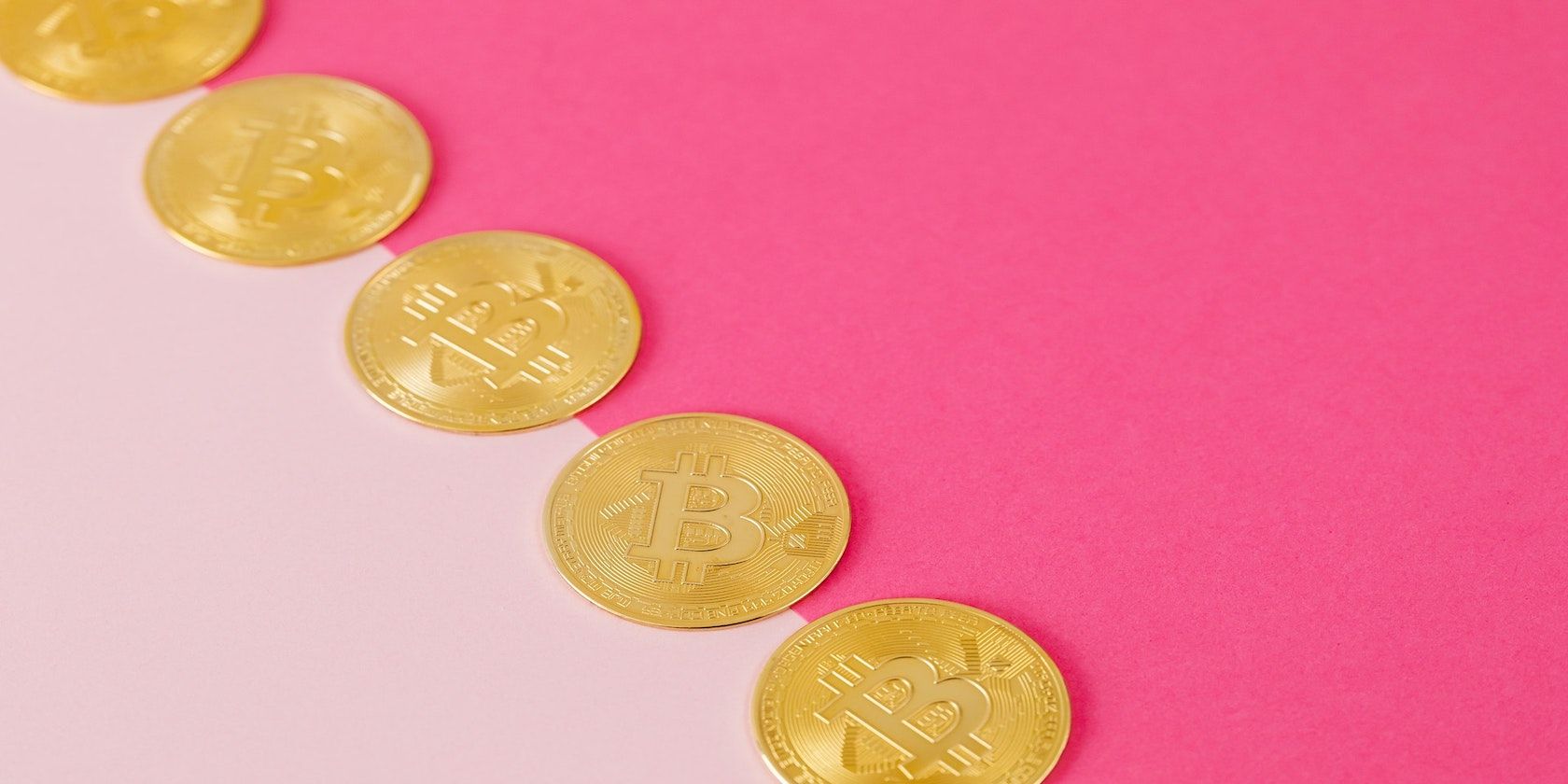The Bitcoin blockchain network makes it possible for people to transfer value in units known as bitcoins. While it has made transactions safer for people, users continue to find themselves facing average Bitcoin transaction costs of more than $15 at the time of writing.
If you’re wondering what Bitcoin transaction fees are and why they are so high, you may enjoy this article.
What are Bitcoin Transaction Fees?
The transfer of value is made through transactions recorded on the Bitcoin blockchain’s public ledger. The process of making and recording transfers of value with public ledger blocks leads to transaction fees.
When miners mine new blocks, they receive a block reward. The block reward is the number of Bitcoins made from mining a block of the currency and all the transaction fees for the transactions in the block they mine.
Payment of network fees to miners helps to incentivize miners to process transactions on the network. If miners are not paid for the number of resources they spend, they may not operate in the long term due to the increasingly high costs of mining. Also, many miners process transactions to make a profit. If no fees are paid, they have fewer reasons to mine Bitcoin.
With the right amount of miner fees, you can ensure that your transaction will be confirmed over a short period of time. However, if the fees paid are too low, your transaction could take longer to confirm. In certain cases, the network may return funds to the wallet.
How Does Bitcoin Blocksize Affect Transaction Fee?
If you’re new to Bitcoin, the concept of a public ledger may seem confusing. However, it is quite simple. A blockchain is essentially a list of records. The list of records, also known as blocks, is linked together using cryptography. Each block contains verified details of the transaction, including a timestamp, transaction data, and a cryptographic hash of the previous block.
The larger the size of a block on the blockchain, the higher the transaction fees and block rewards tend to be. It tends to take longer to reach a consensus on larger-size blocks. This is because of how much more difficult it can be for a miner to mine larger blocks.
The process of mining is used to increase the money supply and secure the network against fraudulent transactions. It is like a money-printing operation with pre-defined rules for the supply and security of transactions.
Miners solve computational puzzles to create blocks for the network. For new blocks to be created, the nodes have to reach a consensus on the transactions that have taken place.
To be included in a block, transactions must be chosen by miners from the mempool and verified by nodes in the network. Users of the blockchain must pay fees for their transactions to be included in the block.
Fees are paid as the method used to process transactions on the blockchain costs money. Miners on blockchains have to spend resources such as computing power or electricity.
What Is the Bitcoin Blocksize?
When Bitcoin first launched, the blocksize was set a 1MB per block. Currently, the Bitcoin blocksize has a “soft” limit of 2MB, and a hard limit of 4MB, though it is exceedingly rare for any block to exceed the lower value, and the current average blocksize is 1.31MB.
However, increasing the Bitcoin blocksize isn’t guaranteed to make transaction fees cheaper. Even though the blocksize has increased and transaction fees haven’t rocketed to previously seen levels, blocks aren’t “full” either, with some extra capacity available.
Why Are Bitcoin Transaction Fees High?
Bitcoin transaction fees can fluctuate, but when lots of people use the network, transaction fees increase. Here are several reasons Bitcoin transaction fees are high.
Bitcoin Bull Run
It may shock you to know that in 2020, the Bitcoin transaction fee rose by 344 percent in a single week. From November 5 to December 13, the price rose from around $2.70 per transaction to over $12.
Higher Bitcoin transaction fees during Bitcoin bull runs are nothing new. The limited number of miners on the network contrasts with the significantly high demand for transaction processing. As a result, Bitcoin traders are more willing to accept higher fees proposed by miners during higher activity times.
Someone just sent $112m of #Bitcoin with just a few clicks.
Cost: $8.72
Try that with a bank! 🥸— Bitcoin Archive 🗄🚀🌔 (@BTC_Archive) March 28, 2021
The 2017/2018 Bitcoin bull run illustrates how network activity affects transaction fees, where the average transaction fee was in the region of $50. Now, there is a higher supply of miners, which may be one of the main reasons why transaction fees on the network have not been as painful to deal with.
Exchange Fees
It is no secret that some exchanges charge an arm and a leg for transactions. Users of exchanges may find themselves losing huge proportions of their holdings to fees because of how the exchange chooses to cover the costs of network fees associated with cryptocurrencies.
Is there a statistic of how many bitcoin addresses are “dead”, because their amount is lower than the transaction fee? How does this statistic evolve over time? How many #Bitcoin are locked in such addresses? How did the transaction fees change over time measured in sats?
— Leo Mattes (@lemalive) March 25, 2021
Withdrawal fees typically depend on the average number of transactions being made on the network or a fixed number set by the exchange to cover transaction fees. Trading fees may also be added to cover the general expenses of running servers and running a team.
Some exchanges may add fees on coins that do not usually have transaction fees. This is a business practice that many find unfair as it pushes avoidable costs to users, to no fault of their own.
Bitcoin Transaction Fees of the Future
Between now and 2141, the block reward will continue to reduce. The potential result of this is that Bitcoin transaction fees will become much more important. As the reward gets smaller, the transaction fee may become the main form of compensation for nodes.
It is hoped that more people could use layer 2 solutions such as the Lightning Network in the future to reduce transaction costs significantly. Layer 2 solutions simplify the transaction process by taking transactions away from the main chain. So far, many people have been able to execute transactions for fractions of a cent with solutions such as the Lightning Network.
About The Author

